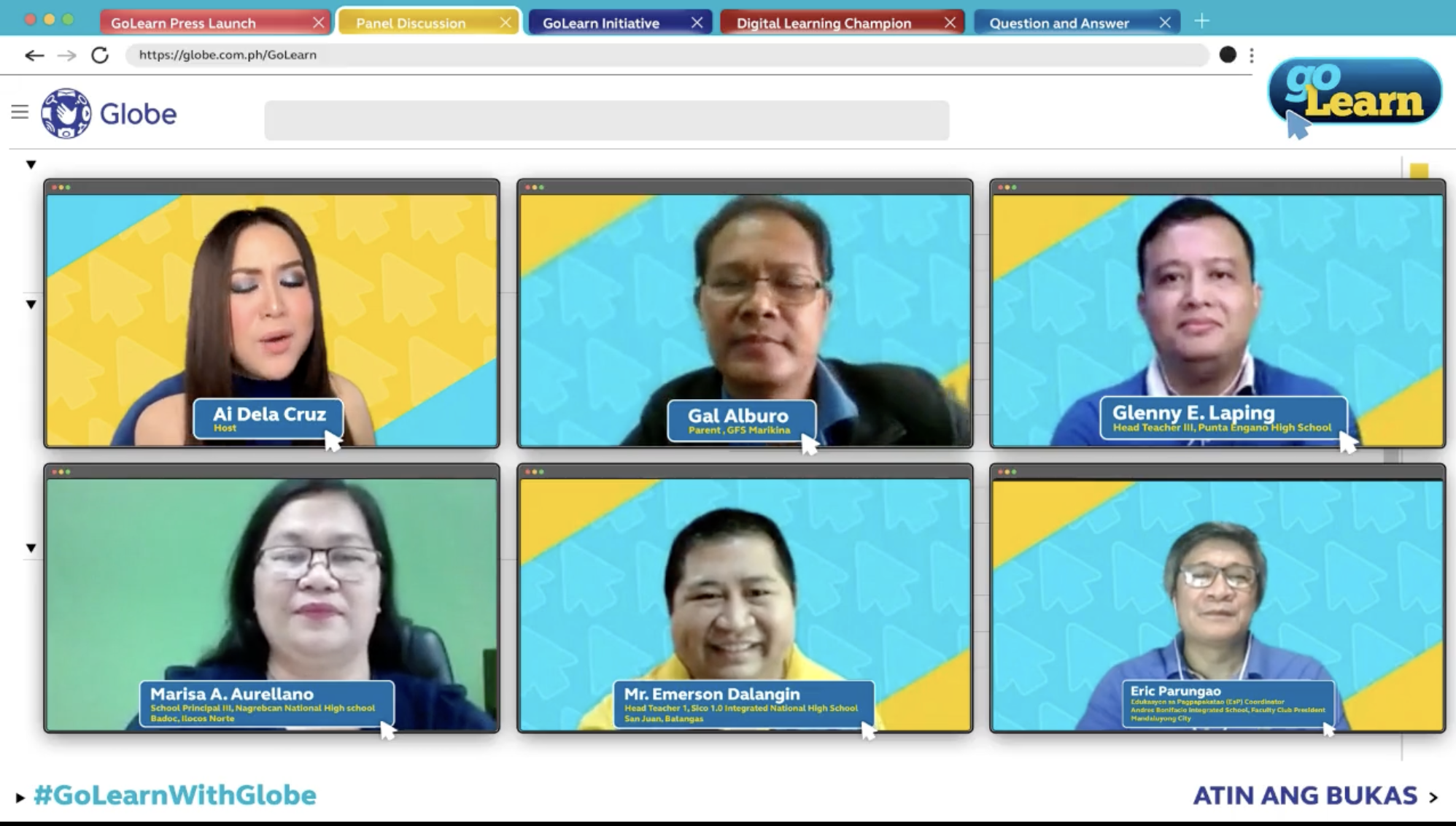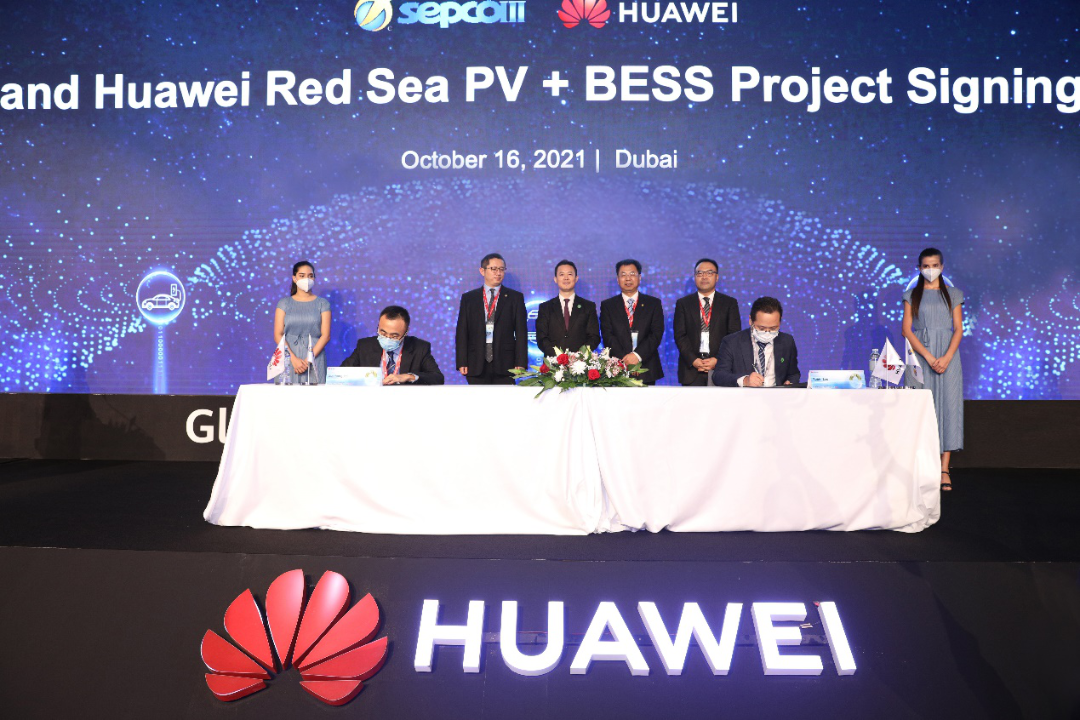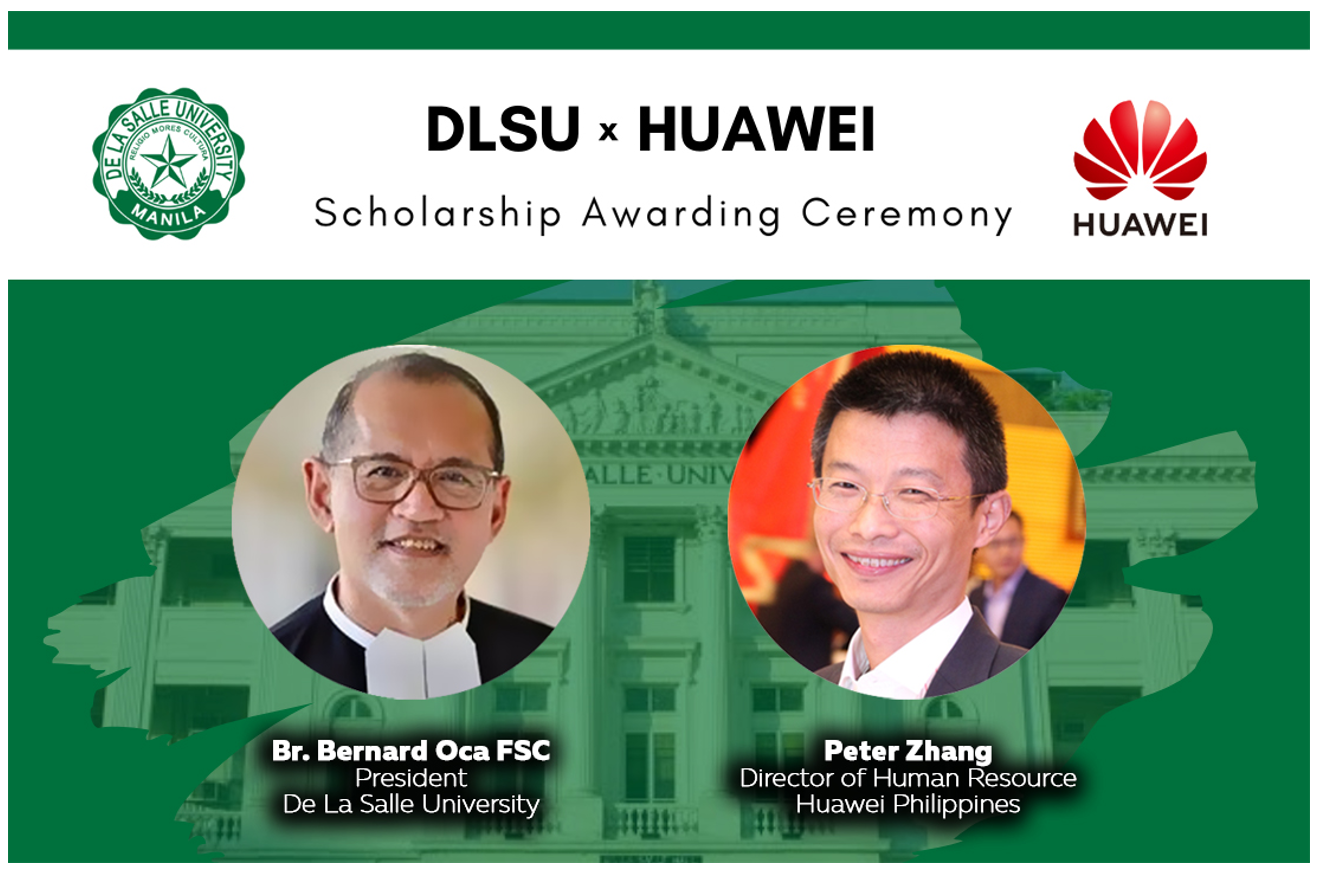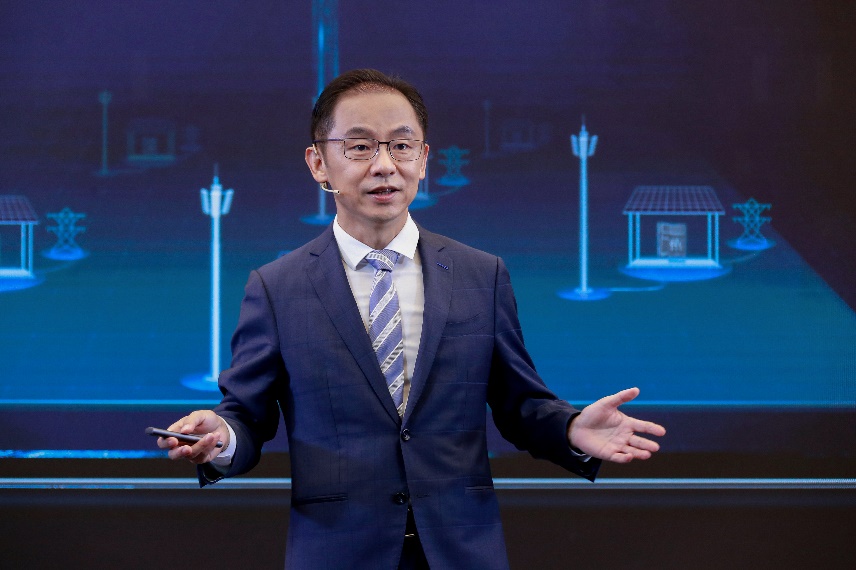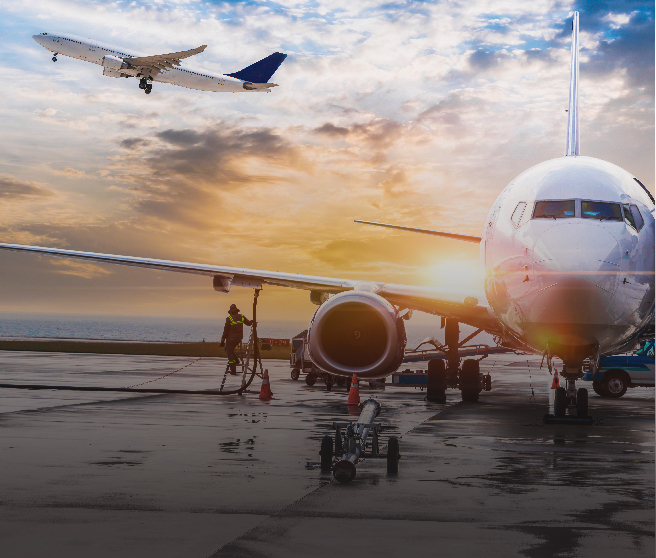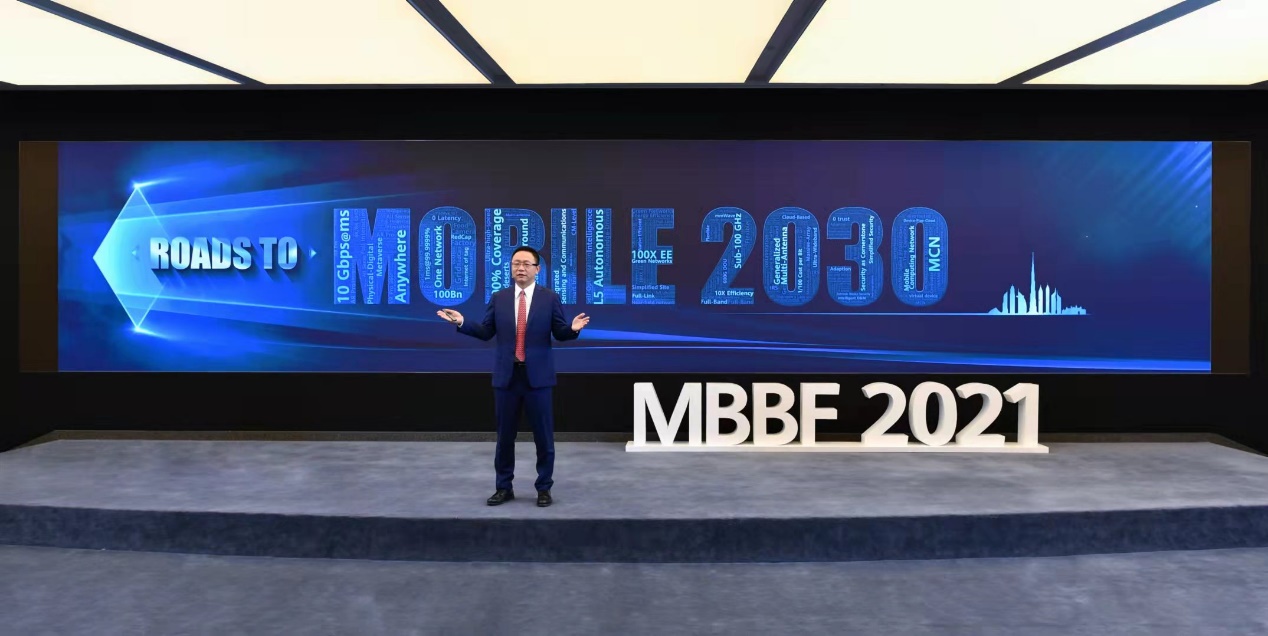Huawei Philippines joined the Conference of the Electricity Power Supply Industry (CEPSI) this November 4, 2021. This event aims to bring forth thought leadership and action to promote sustainability and social inclusiveness in the region’s electricity industry. Dr. Fang Liangzhou, the Vice President and CMO of Huawei Digital Power, shared his view about how to build a low-carbon smart society through digital power.
Carbon neutrality has become a global consensus and mission. 44 countries have identified carbon-neutral timings, such as European Union in 2050 and China in 2060. I believe it is one of the biggest trends in the coming 30 to 40 years. It is not only a revolution in power production and consumption, but also an unprecedented opportunity of upgrading all industries, and bringing a comprehensive and profound revolution to our economy and society.
According to International Energy Agency (IEA), global carbon emissions mainly come from 3 industries: Electricity power, manufacturing, and transportation. Electricity power accounts for 40% of carbon emissions. And transportation accounts for 21% of carbon emissions.
“To achieve carbon neutrality, Power production needs to be low carbonized and Power consumption needs to be electrified”, Dr. Fang said in the keynote, “Huawei has deeply integrated digital technologies and power electronics technologies to create all-scenario low-carbon energy solutions, covering the whole energy flow from green power generation to efficient power consumption.”
According to his speech, Huawei’s PV solution can reduce LCOE (Levelized Cost Of Energy) by 7% and improve O&M efficiency by 50%. In commercial & industrial scenarios, Huawei PV solutions can help users achieve higher power generation and better power storage. In a residential scenario, the Huawei PV solution can be installed in different directions and can increase the power generation by up to 30% with intelligent optimization. Huawei also launched an off-grid integrated energy solution to replace diesel generators with PV, which can reduce power generation costs by more than 50%, achieving zero carbon emissions.
New energy sources are intermittent and random. They generate electricity when there is sun or wind, which is unstable energy and often depends on the weather. Therefore, solar energy and wind energy must be combined with energy storage to provide stable energy.
Dr.Fang mentioned the World’s Largest Energy Storage Project, which Huawei signed in Dubai last month with SEPCOIII for the Red Sea Project. The project will help Saudi Arabia build global clean energy and green economy center.

The vision of Huawei Digital Power Company is to digitalize traditional energy and develop green energy, by integrating digital technologies and power electronics technologies, to drive the energy revolution for a better, greener future.
“Huawei Digital Power is to use bits to manage watts, use digital technologies to manage power electronics and equipment, and provide simplified, green, smart, and secure solutions for clean power generation, green ICT infrastructure, transportation electrification, and integrated smart energy. We will keep openness and work closely with our customers and partners to build a zero-carbon intelligent society.” Dr. Fang said.
With more than 10 years of experience in researching and developing energy storage systems, Huawei highly valued technology research and development and has been investing at least 10 % of revenue in R&D every year, with a total of $90 billion spent in R&D over the past decade.
Targeting carbon neutrality and clean energy, Huawei Digital power has helped customers generate 403.4 billion kWh of green electricity and save 12.4 billion kWh of electricity, which is equivalent to reducing carbon emissions by more than 200 million tons and planting 270 million trees. In the Philippines, Huawei has worked together with big developers and local partners to build utility, Commercial &Industrial, and residential Solar Power plants in the country.
Dr. Fang ended his speech by saying, “We are facing unprecedented opportunities for low-carbon society, and I firmly believe if we embrace globalization, mutual trust, open collaboration, we can seize the opportunities, and create a green and bright future together!”
The CEPSI 2021 was organized by the Association of Electricity Supply Industry of East Asia and the Western Pacific (AESIEAP) – the largest organization of power and industry companies in the region. With the theme: Energized Countries. Empowered Communities.
The event gathered thought leaders, experts, and professionals in the power and energy industry, serving as a platform for exchanging ideas and strengthening ties among industry players. And focused on Creating the greatest value and impact to communities; and Promoting sustainability and social inclusiveness in the region’s electricity industry.
About Huawei
Huawei is a leading global provider of information and communications technology (ICT) infrastructure and smart devices. With integrated solutions across four key domains – telecom networks, IT, smart devices, and cloud services – we are committed to bringing digital to every person, home, and organization for a fully connected, intelligent world. Huawei’s end-to-end portfolio of products, solutions, and services are both competitive and secure. Through open collaboration with ecosystem partners, we create lasting value for our customers, working to empower people, enrich home life, and inspire innovation in organizations of all shapes and sizes.
At Huawei, innovation focuses on customer needs. We invest heavily in basic research, concentrating on technological breakthroughs that drive the world forward. We have more than 197,000 employees, and we operate in more than 170 countries and regions. Founded in 1987, Huawei is a private company wholly owned by its employees.
For more information, please visit Huawei online at www.huawei.com or follow us on: https://www.facebook.com/HuaweiTechPH
#Huawei #ElectricityPowerSupplyIndustry #Carbonneutrality #rubyspreciousmoments #rubyasoyph



